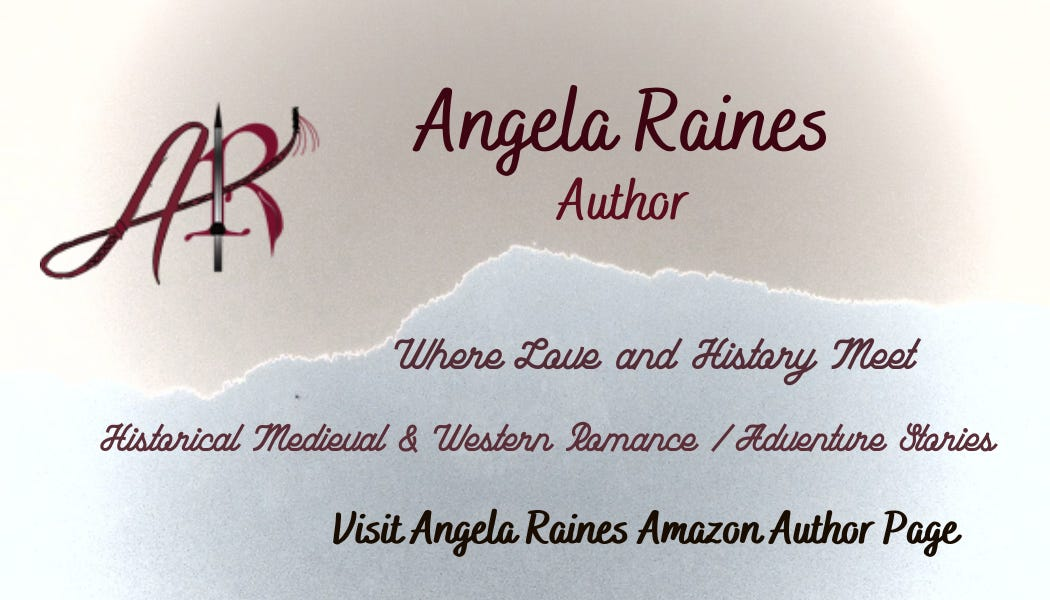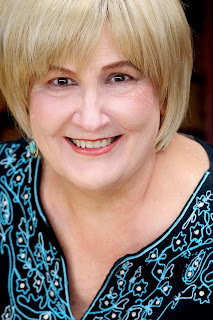Post (C) Doris McCraw
aka Angela Raines
 |
| Photo (C) Doris McCraw |
March 10, 1844, John H. Long entered this world in Fairfield County, Ohio. On July 23, 1862, the 5' 6.5" brown hair, gray-eyed, eighteen-year-old joined the Union Army in Delevan, Illinois. This recruitment was for the 73rd Illinois Infantry. This unit comprised men from Adams, Champaign, Christian, Hancock, Jackson, Logan, Platt, Pike, Sangamon, Tazewell, and Vermillion counties. If you look at a map of Illinois you will notice that these counties run East to West through the central part of Illinois, primarily farming. Chances are like Long,, a number of the men in this unit would have been farmers.
The 73rd was mustered in at Camp Butler on August 21, 1862. It numbered 900 soldiers under the command of Colonel Jaquess. They were soon sent to Kentucky, eventually joining the 34th and 100 Illinois infantry, and the 79th and 88th Indiana. Soon, however, the 73rd was moved to a brigade with the 44th Illinois in the 2nd and 15th Missouri. This brigade was assigned to Sheridan's division and saw the following action: on October 1, 1862, the brigade started in pursuit of Bragg on October 8, the unit was engaged in the battle of Perryville. The 73rd engaged in battle, delivering and receiving heavy fire for approximately an hour, from 3 to 4 PM. On November 7 the unit reached Nashville Tennessee. It was during this move that several men were lost due to disability or diseases.
Long would have taken part in the above military activities. He was discharged on August 7, 1863, on a disability.
Long married Isabella Joyce in Illinois in 1864. By 1880 the couple were living in Kansas and had five children. John was still engaged in farming. However looking at the 1880 census records, the oldest child was born in Illinois, the second in Iowa, the third in Illinois, the fourth in Missouri, and the fifth in Kansas. By 1882 the family was living in Colorado Springs and two more children had been added. His occupation in this census is listed as a stone mason. In 1890, John added house raising and moving to his stone mason work. By 1910, at the age of 66, his occupation is house mover. John passed away in August 1920.
His headstone, to honor his service in the Civil War, was not ordered until 1936.
 |
| Accessed from Ancestry. |
For links to past writing on Civil War Veterans and Civil War Wives:
Isabella Long - Prairie Rose Publications
James W. Bell - Western Fictioneers
Martha Lynn Bell - Prairie Rose Publications
Captain Richmon Finch- Western Fictioneers
Sarah Jane Durkee Anderson - Prairie Rose Publications
Esther Walker, Part 2 - Western Fictioneers
Esther Walker - Prairie Rose Publications
Alpheus R. Eastman - Western Fictioneers Blog
Helen Rood Dillon - Prairie Rose Publications Blog
Virginia Strickler - Prairie Rose Publications Blog
Henry C. Davis - Western Fictioneers Blog
Chester H. Dillon - Western Fictioneers Blog













